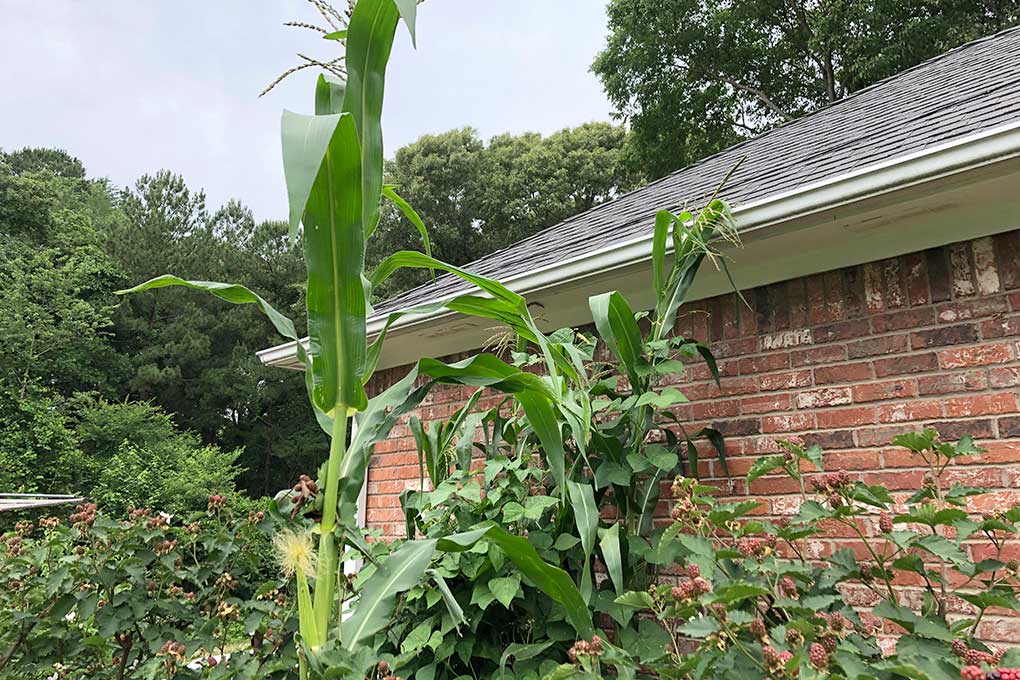Each year, approximately 170 Americans die from an opioid overdose.
The opioid crisis has been building for 30 years. It started with physicians over-prescribing painkillers and has now morphed into a heroin and fentanyl epidemic. In 2017, an estimated 62,000 people died from opioid related overdoses, up 48 percent from 42,000 deaths in 2016. Drug overdoses now represent the leading cause of death for Americans under the age of 50 and life expectancy has fallen.
This public health epidemic isn’t just deadly, it is also costly. Between 2001 and 2017, Americans spent $217 billion on healthcare related costs connected to the opioid abuse epidemic. Widespread opioid addiction has also hampered economic productivity and necessitated additional spending on social services, education, and criminal justice, at a cumulative cost of $1 trillion.
Physicians and addiction specialists agree that “medication-assisted treatment” could curb this epidemic. MAT combines prescription drugs that prevent opioid cravings with counseling and other clinical support. Increased access to MAT would greatly reduce the number of lives lost and dollars spent. Fifty percent of opioid addicted individuals who undergo MAT remain free of illicit drug use after 18 months.
By contrast, 90 percent of individuals who try to discontinue opioids without MAT relapse within a year.
But right now, government regulations and insurance programs make it exceedingly difficult for patients suffering from opioid use disorder to access MAT. Changing these rules would save thousands of lives while offering a bipartisan solution to the opioid epidemic.
Need more evidence of MAT’s effectiveness? In Connecticut and Rhode Island, correctional facilities are using three federally approved medications: methadone, buprenorphine, and injectable naltrexone. This MAT has reduced recidivism and kept ex-offenders alive following their release.
This is great news — and it’s why my organization has been working with correctional facilities to increase inmates’ use of MAT for opioid use disorder.
But we need to increase access to MAT for everyone. Luckily, federal agencies are doing their part.
The Substance Abuse and Mental Health Services Administration is working to increase access to treatment. The Food and Drug Administration is reviewing a wider range of MAT drugs and encouraging researchers to develop new MAT therapies. The National Institute on Drug Abuse is researching new technologies to treat opioid use disorder. And in April, the National Institutes of Health launched an initiative to develop new formulations of MAT to broaden treatment options for the untreated opioid addict.
However, people struggling with addiction still face barriers to treatment. Currently, Medicare does not cover MAT medications for beneficiaries in opioid treatment programs. Fortunately, there is bipartisan Congressional support for providing such Medicare Part B coverage to Medicare beneficiaries, who are treated in opioid treatment programs.
Similarly, many state Medicaid programs and commercial insurers don’t cover MAT. A number of policy making groups and organizations, including the American Medical Association and the President’s Commission on Combating Drug Addiction and the Opioid Crisis, have urged them to change these policies so that everyone has access to treatment.
MAT is a tragically underutilized tool. Coordinated policy initiatives — ones that increase MAT use, implement prevention programs, and use balanced enforcement — offer the best chance to end the opioid epidemic.
For more stories like this see the Sept. 5 issue or subscribe online.
By Mark Parrino • President of American Association for the Treatment of Opioid Dependence


















0 Comments